Coffee Taste | how to identify lemon, grapefruit and honey in coffee?
Professional coffee knowledge exchange more coffee bean information please follow the coffee workshop (Wechat official account cafe_style)
When we taste coffee, it is easy to confuse the concepts of taste, flavor and aroma. In fact, the words "taste", "taste" and "aroma" cannot be accurately interchangeable, but it is easy to tell the difference between them.
To put it simply:
Taste (Taste) represents the feeling of the whole mouth (including tongue)
Aroma is the sensation of smell in the nasal cavity.
Flavor is the combination of taste and aroma.
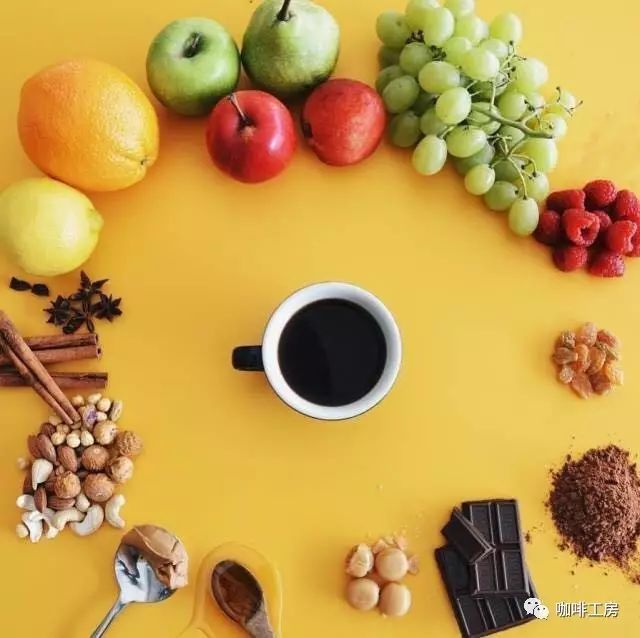
When coffee beans are lightly roasted, highly volatile aromas, such as elegant flowers and slightly sweet fruit, are first stimulated, so flower and fruit flavors tend to coexist. Don't think that coffee must be bitter, in fact, delicious beans can drink obvious sweetness, especially nuts, cocoa and honey, which are all common and popular flavors.
Recently, many friends like to drink sweet beans, nuts and cocoa. The editor once again satisfies everyone's wish to introduce five kinds of sweet beans, respectively [Colombian Cauca], [Honduras alizarin], [Queen of Brazil], [washed Sidamo], [Costa Rican Honey treatment], each has its own characteristics.
[Colombia Coca Zhuoyu Cup]
Micro-area: Suri micro-production area
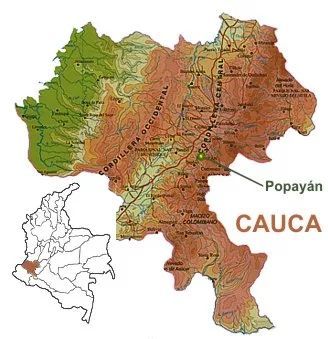
Since 2014, there have been competitions such as the Cauca Best Cup Cup, coffee bean competitions, in addition to our common national-level competitions, such as Best of Panama in Panama or the COE Cup held by Central and South America, in fact, Cauca Province of Colombia will also hold regional competitions.
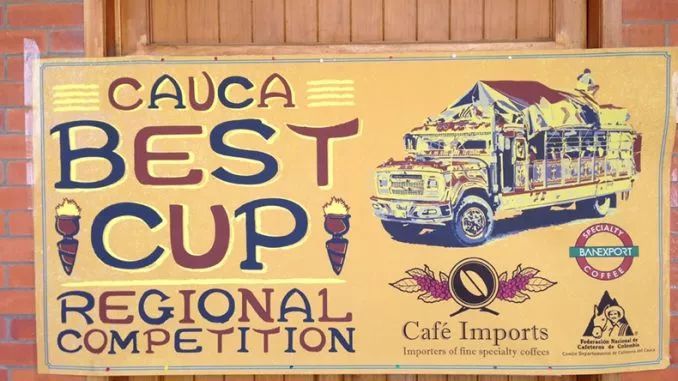
So, what is COE (Cup of Excellence)? It is the most important boutique coffee bean competition in the world. First held in Brazil in 1999 by the Coffee Excellence Organization (ACE), it is currently the most well-known and authoritative boutique coffee competition in the world and the most credible competition to judge top coffee.
The competition is usually held once a year, when the growers of boutique coffee submit their best beans to the national or international censors. The coffee must accept the strict rules of the competition, and the winning manor must go through six hurdles, usually 500 estates are screened to end up with less than 30. So Coca Zhuoyue Cup and COE are two different concept competitions.
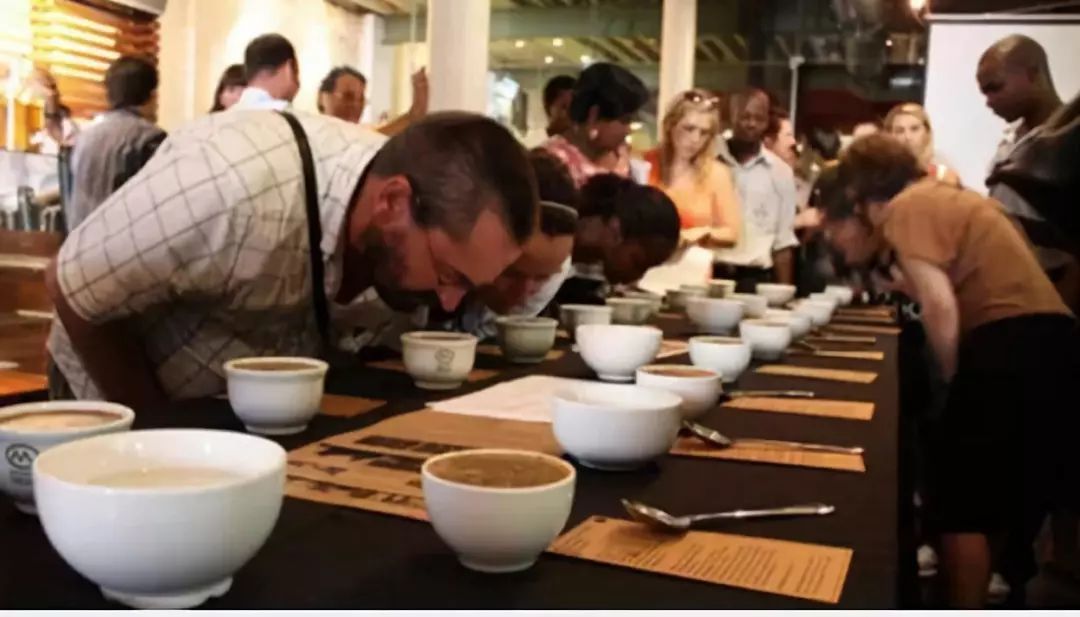
Jointly organized by well-known American traders, local exporters and the Colombian Coffee Association. About 200 samples were received in the first Coca Cup in 2014, compared with more than twice the number in 2015. About 500 small farmers will compete for the competition, and the organizers will select the top 30 from more than 500 samples. The top 12 will be selected by the international jury Cup, and raw bean sellers and bakers from all over the world will bid on the last day of the event.
This not only increases the income of small farmers and improves their living conditions, but also makes them more willing to invest and improve their coffee production to produce higher quality coffee.
Cauca province is a certified coffee producing area in Colombia, with an average elevation of 1758m and a maximum elevation of 2100m. The topography, precipitation, temperature and volcanic soil of the area prepare suitable conditions for the growth of coffee. The central mountain system includes two major volcanoes, Sotara and Petacas, which are rich in nutrients and have an average daily temperature of 11 ℃, while the daytime average temperature is 18 ℃. The temperature difference between day and night makes the coffee fruit more fully absorb the nutrients of the coffee fruit. The dry season mainly occurs from August to September every year, and the later rainy season brings a concentrated coffee flowering season. This was followed by the next year's concentrated coffee harvest.
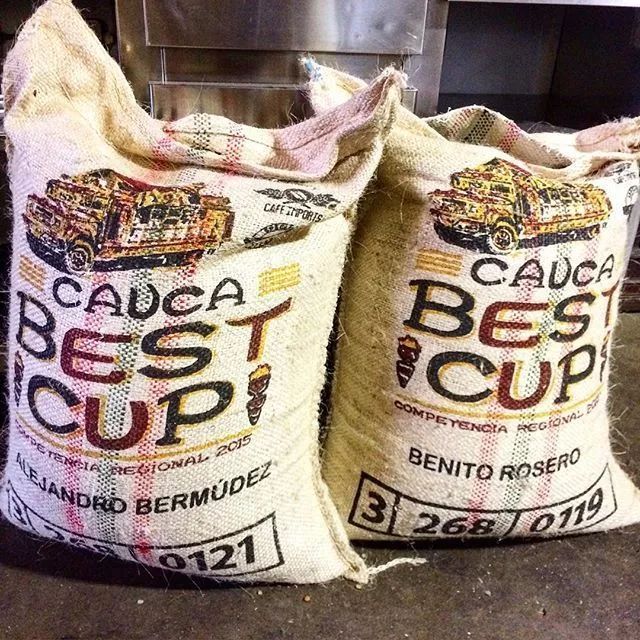
The planting variety is Kaddura, the variety of bourbon has better production capacity and disease resistance than bourbon, and the tree is shorter, easy to harvest, the flavor is comparable to or slightly worse than bourbon beans, and more importantly, it is super adaptable and does not need shade trees. direct exposure to the sun can also be vibrant, can adapt to high-density planting.
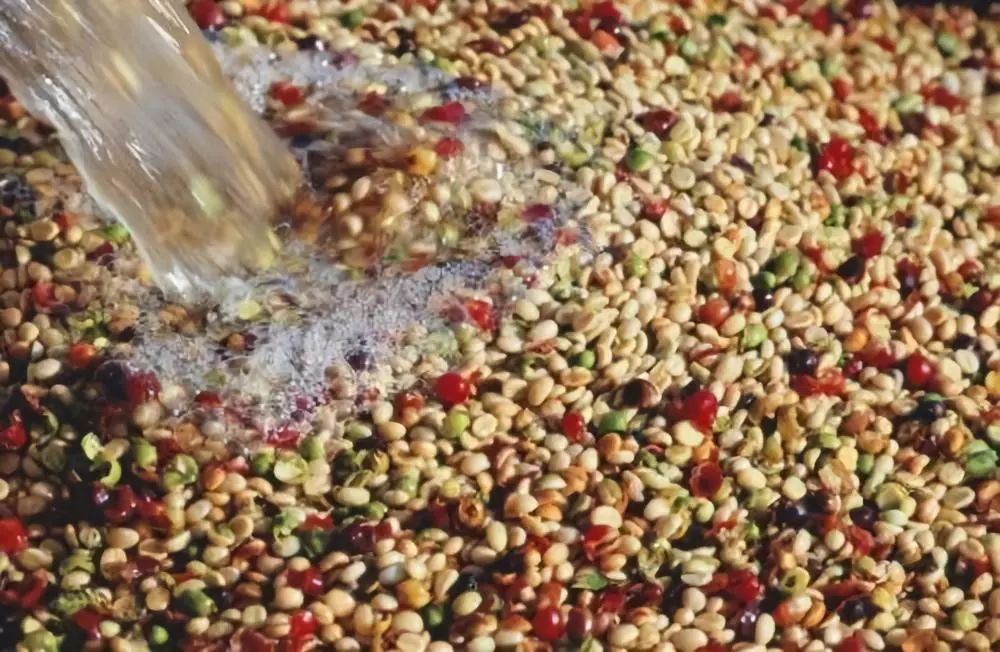
After washing with full water, peeling the pulp and putting it into the fermentation tank for 16 hours, the fermentation bacteria will dissolve the pectin, and finally the scaffolding will dry it in the sun, making its lime acid flavor more obvious, grape juice sour, rich flower aroma, high acidity, pleasant sweetness, medium mellowness, nut aftertaste, overall purity, mild, smooth texture, balanced and lively layered taste.
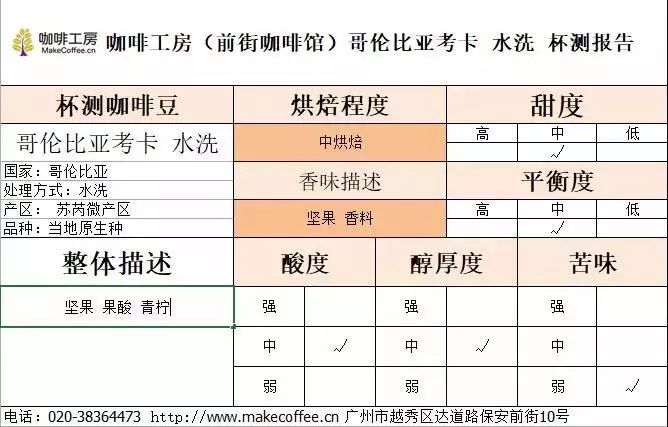
Flavor: obvious lime acid, sour grape juice, rich floral aroma, high acidity, pleasant sweetness, medium mellow, nut finish, overall purity, mild, smooth texture, balanced, lively and changeable layered taste.
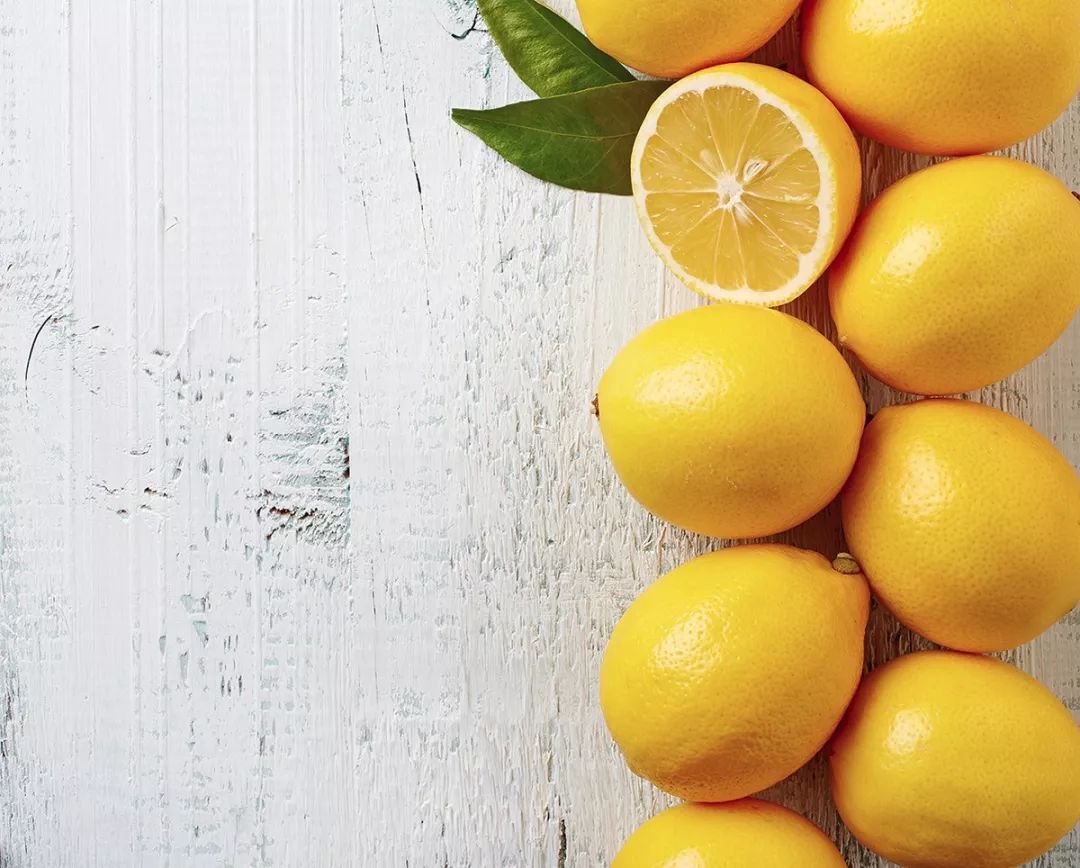
[Honduras]
[SHB of Seagua Manor]
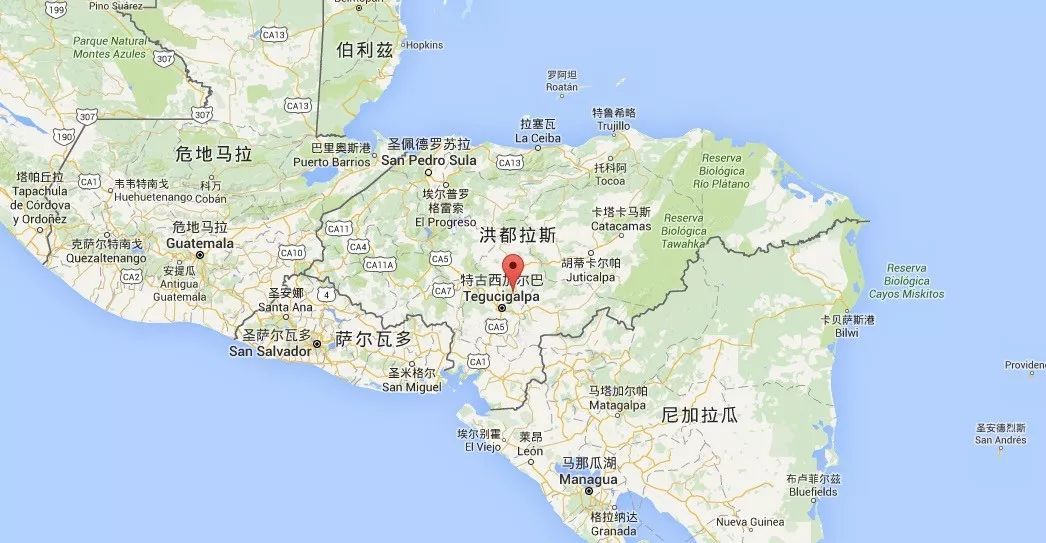
Honduras is located in the north of Central America, facing the Caribbean Sea to the north, the Gulf of Fonseca in the Pacific Ocean to the south, Nicaragua and El Salvador to the east and south, and Guatemala to the west, mostly mountains and plateaus. It has a tropical climate, mild temperature and abundant rainfall, so it is an ideal place for coffee growth.
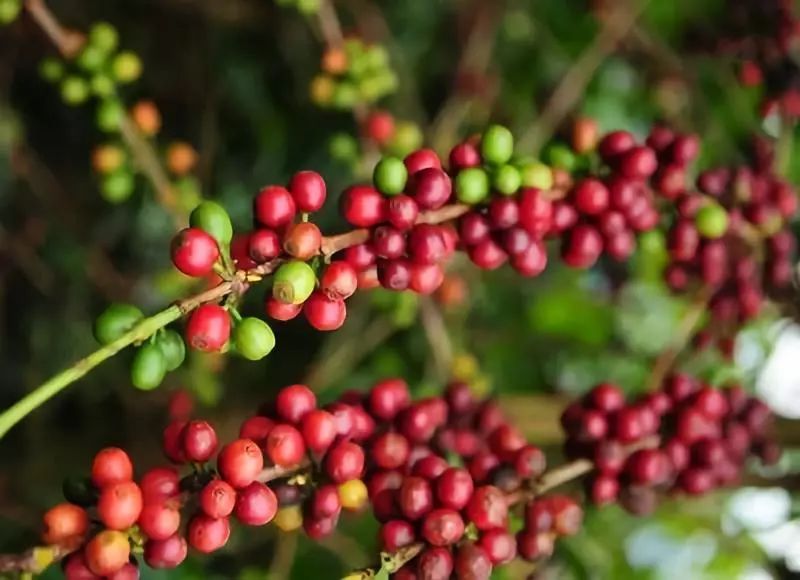
Bourbon is mainly grown in Honduras, one is "Highland Coffee" growing at an altitude of 1000m to 1500m, and the other is "selected Highland Coffee", which represents the highest level in Honduras, growing at an altitude of 1500m to 2000m.
Bourbon species, the second species mutated from the iron pickup, is the closest to the original species, which is found on the island of Reunion near Madagascar. The leaves are relatively broad, the growth is more dense, although the seed setting is higher than the tin card, but the harvest time is also 2 years, it is also a variety with low yield, but it has a high-quality taste, like the sour taste of red wine, and the aftertaste is sweet. Coffee bean granules are large in shape, uniform in size, uniform in color and glossy. In order to facilitate harvesting, farmers will prune coffee trees to no more than 150 centimeters.
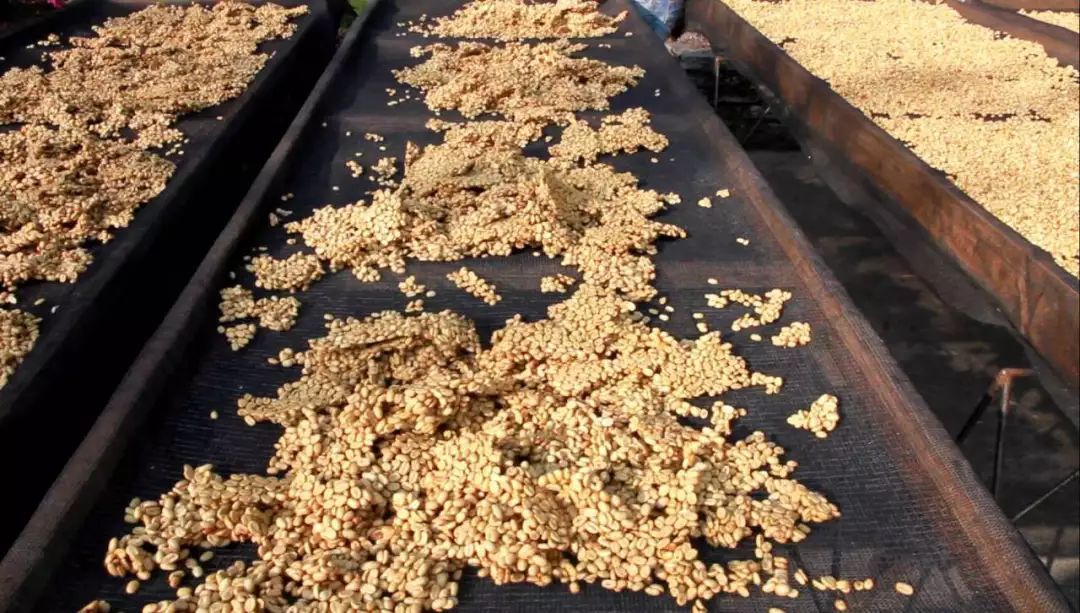
Using the way of sun drying after washing, so that the coffee fruit has a rich and mellow taste, taste is not astringent but not sour, mellow and aroma are very high.
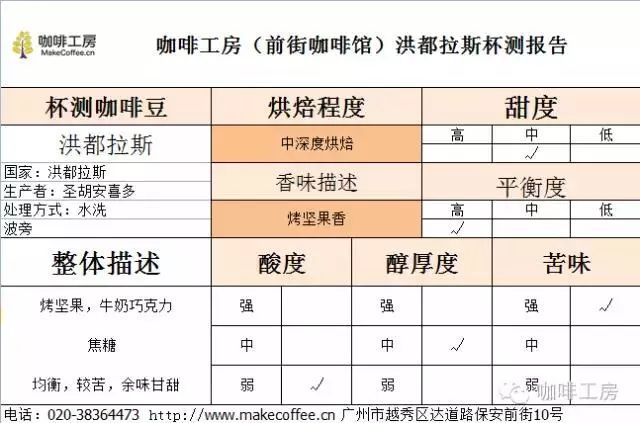
Flavor: baked nuts, milk chocolate, caramel, slight bitterness, overall well balanced, with a sweet finish.
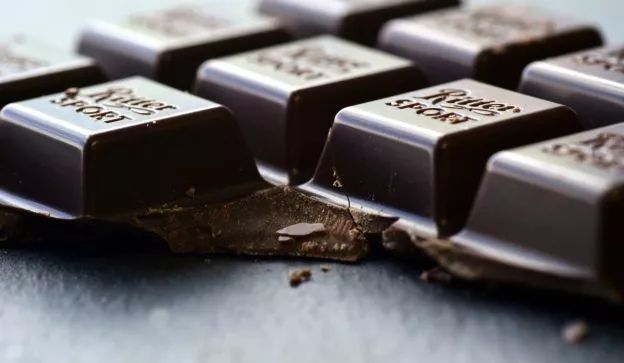
[Brazil]
[Queen's Manor in the sun]
FazendaRainha (Queen Farm) is located in the Alta Mogiana area of Sao Paulo State (SaoPaulo), north of the city of S ã o Paulo. This manor is well-known in Brazil, owned by the Carvalho Dias family, whose family has four major estates, while FazendaRainha has a history of a hundred years, hoping to be shortlisted for awards and difficult to get, and has won many COE awards in successive years. There are 200mu of Huangbo coffee trees planted in the manor, because of the undulating mountains, so the coffee needs to be picked by hand.
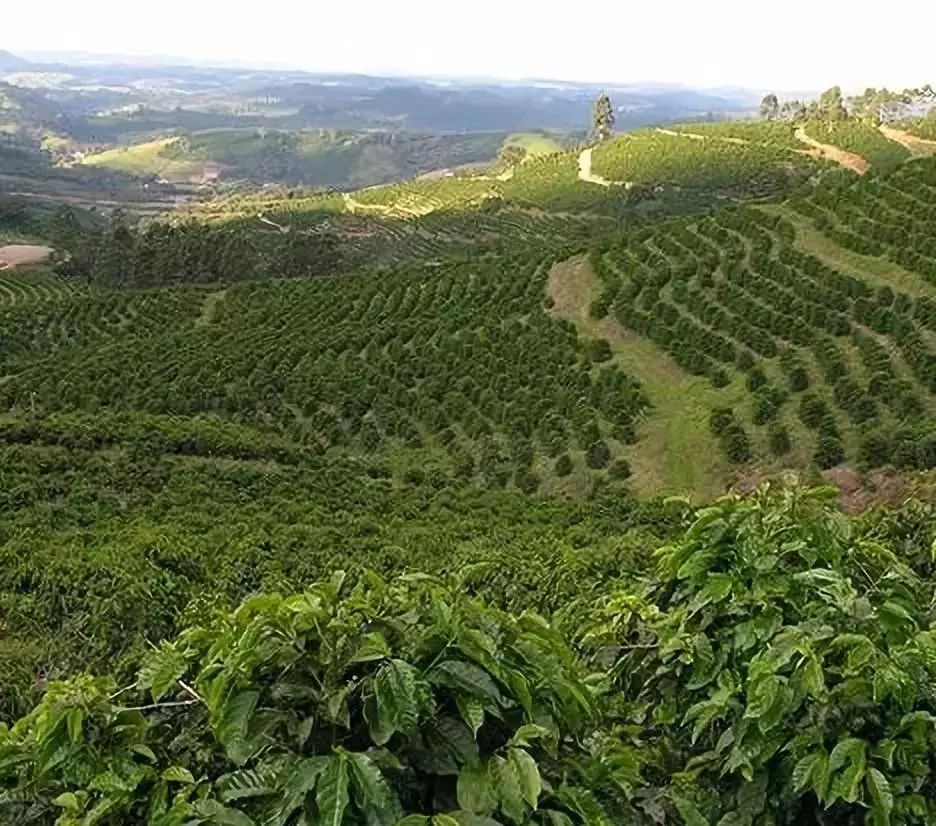
Located in the high mountain area of S ã o Paulo near the Minas border, 1200 to 1400 meters above sea level, the annual rainfall is more than 1800 mm, but it will not cause torrential rain, and the average annual temperature is only 19 ℃. Therefore, the growth of bean fruit is slightly slower, but the texture density is large enough. Although the yield is less and half-sun treatment is adopted after hand-picking, a small amount of water is used to remove the pulp and peel first. Then put the coffee directly on the drying rack and turn it over and over to ensure that all the coffee is exposed to the sun, and after a few days of drying, it is mechanically dried to reach the right water content.
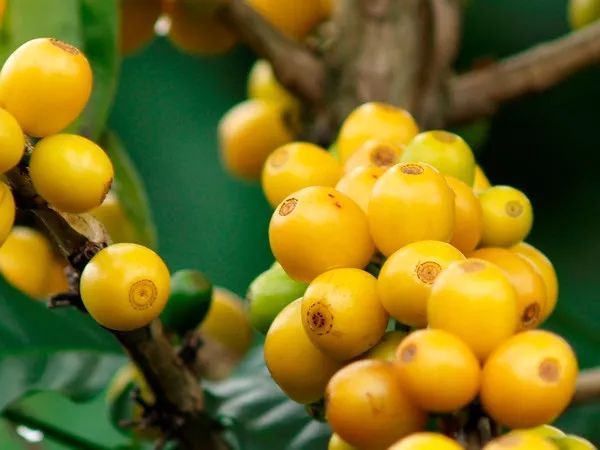
This bean is a bourbon, a variety of iron pickup, and its provenance can be traced back to the island of Reunion in Madagascar, where Bourbon originated. French explorers first brought coffee here in the 18th century, so this variety is also known as a French missionary; in the 20th century, it was brought to the African continent and then introduced to Brazil, and its derived varieties are now all over Africa and America. Coffee Variety | History of bourbon, Pacas Pacas's previous life and present life
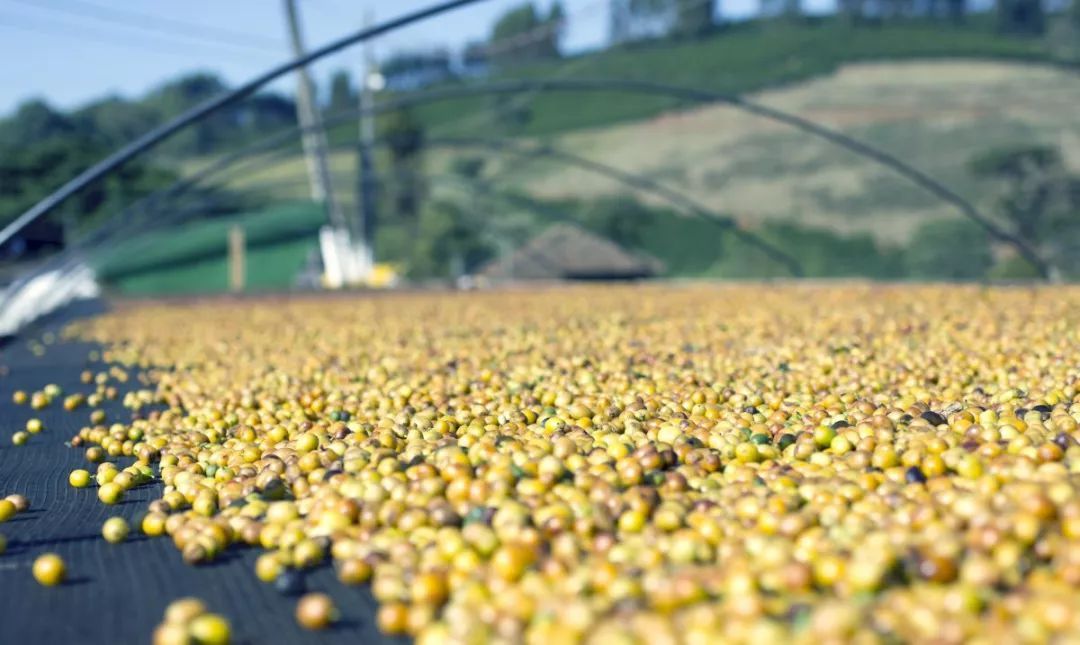
Queen's Manor Yellow Bourbon, under the medium and deep baked taste, clean and balanced walnut taste, creamy and smooth texture with sweet orange sweetness, full of mocha chocolate finish in the mouth.
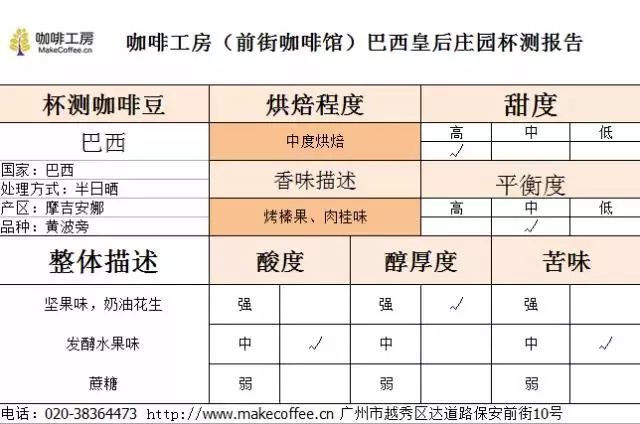
Flavor: sweet and smooth fruit sweetness, obvious nutty flavor, balanced and supple acidity, weak and clean bitterness, rich chocolate aroma and nutty flavor, bright and refreshing taste. Fermented fruit, creamy peanut, slightly tropical fruit aroma, caramel finish.
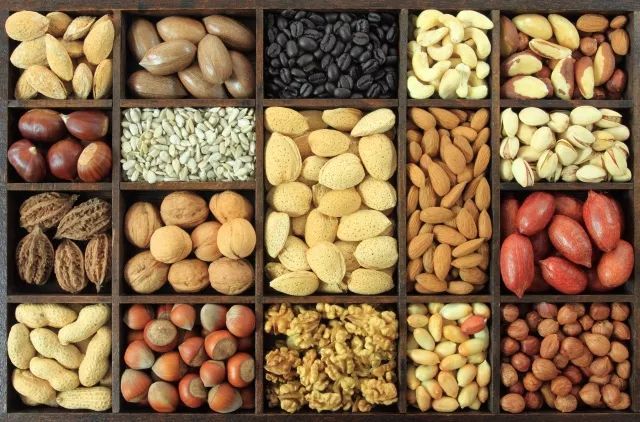
[Sidamo washing]
Sidamo boutique production area (Sidama) is located in southern Ethiopia. The industry here is mainly agricultural, and the coffee growing area is located around the East African Great Rift Valley (GreatRift Vallley).
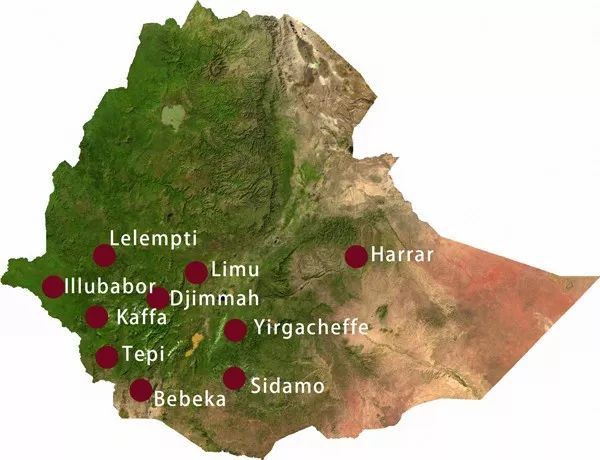
The biggest advantage of the place is that the soil fertility is maintained through the circulation of organic matter, using the withered leaves of the surrounding trees or the residual roots of plants as fertilizer, so the coffee produced in the town has obvious characteristics. Or medium-roasted flavor: wild ginger and bergamot, with blackcurrant notes, grapefruit sweet, Earl black tea comfortable.
[washing treatment]-raw bean treatment
The flavor of water-washed coffee is not easy to have wild flavor and has the characteristics of purity and freshness. In some Ethiopian water-washed coffee beans with excellent nature, it can sometimes be detected with obvious rising lemon, citrus essential oil, jasmine, honey, etc., with obvious sour taste and mellow feeling.
[what is G1]-grading
Coffee beans in Ethiopia are graded according to the proportion of defective beans. Indonesian beans are mainly divided into six grades, namely G1~G6. Ethiopia also uses this method, with the highest grades of washed beans G1 and G2, and those of sun-dried beans G1 and G3.
Washing: Grade-1;Grade-2 (G1 > G2)
Planting local native species, Esser's coffee varieties have been recorded in nearly 2000 varieties, of which 1927 are native varieties with a relatively round appearance and small beans.
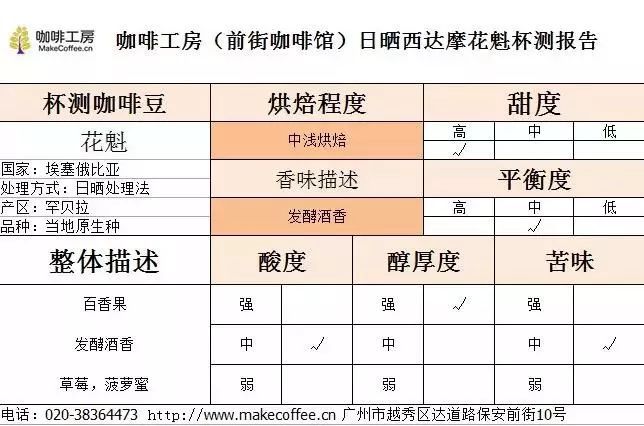
Flavor: it has obvious sweetness of citrus, strawberry, grapefruit and peach, with a black tea finish. Pleasant acidity and fragrance. Light or medium baked for a single product, flavor: wild ginger and bergamot, with blackcurrant notes.
[Costa Rica]
[Tara pearl honey treatment]
Because Costa Rica is located in the Central American Gorge, it has the natural advantages of sunshine and land, and its climate is reconciled by Pacific and Atlantic currents and sea breezes. The coffee produced in Costa Rica has the characteristics of local micro-climate and soil conditions. With many towering volcanoes up to 2000 meters above sea level, coffee berries have been able to grow slowly in the fertile volcanic ash soil and cool environment at high altitude, giving birth to coffee beans with complete and rich flavor. After years of development, there are eight major producing areas, of which Tarazhu, the central valley and the western valley are the three most well-known and best-quality producing areas.
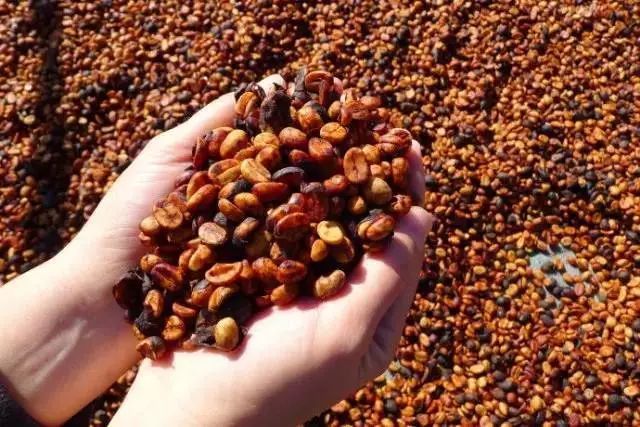
Use honey treatment, retain pectin, put on the elevated bed, build a shade in the sun for about 8-20 days, reduce direct sunlight exposure, dry for longer, need to turn these beans more frequently, reduce moldy beans, and make sugar conversion more fully.
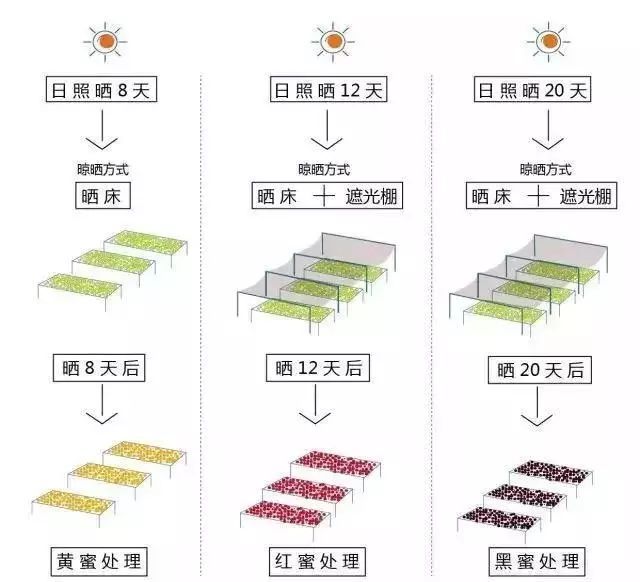
Flavor: full-bodied fruit acid, caramel, Brin, flower, citrus, honey, sweet spice flavor.
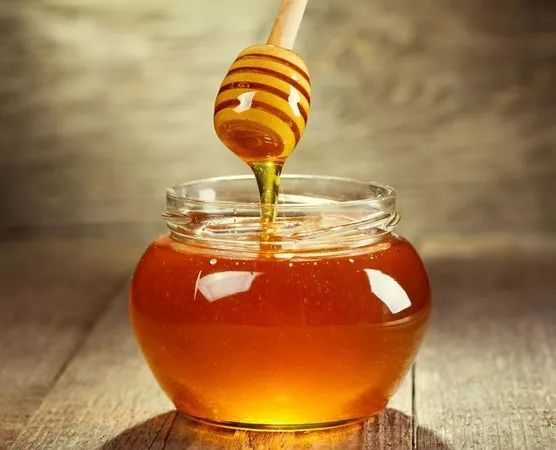
These five sweet beans, [Queen of Brazil] [Honduras] prefer nutty and almond flavor; [Colombian Cauca] [Costa Rican black honey] is rich in acid; [Sidamo washing] is fresh, sweet and delicious. I hope you like it.
Important Notice :
前街咖啡 FrontStreet Coffee has moved to new addredd:
FrontStreet Coffee Address: 315,Donghua East Road,GuangZhou
Tel:020 38364473
- Prev
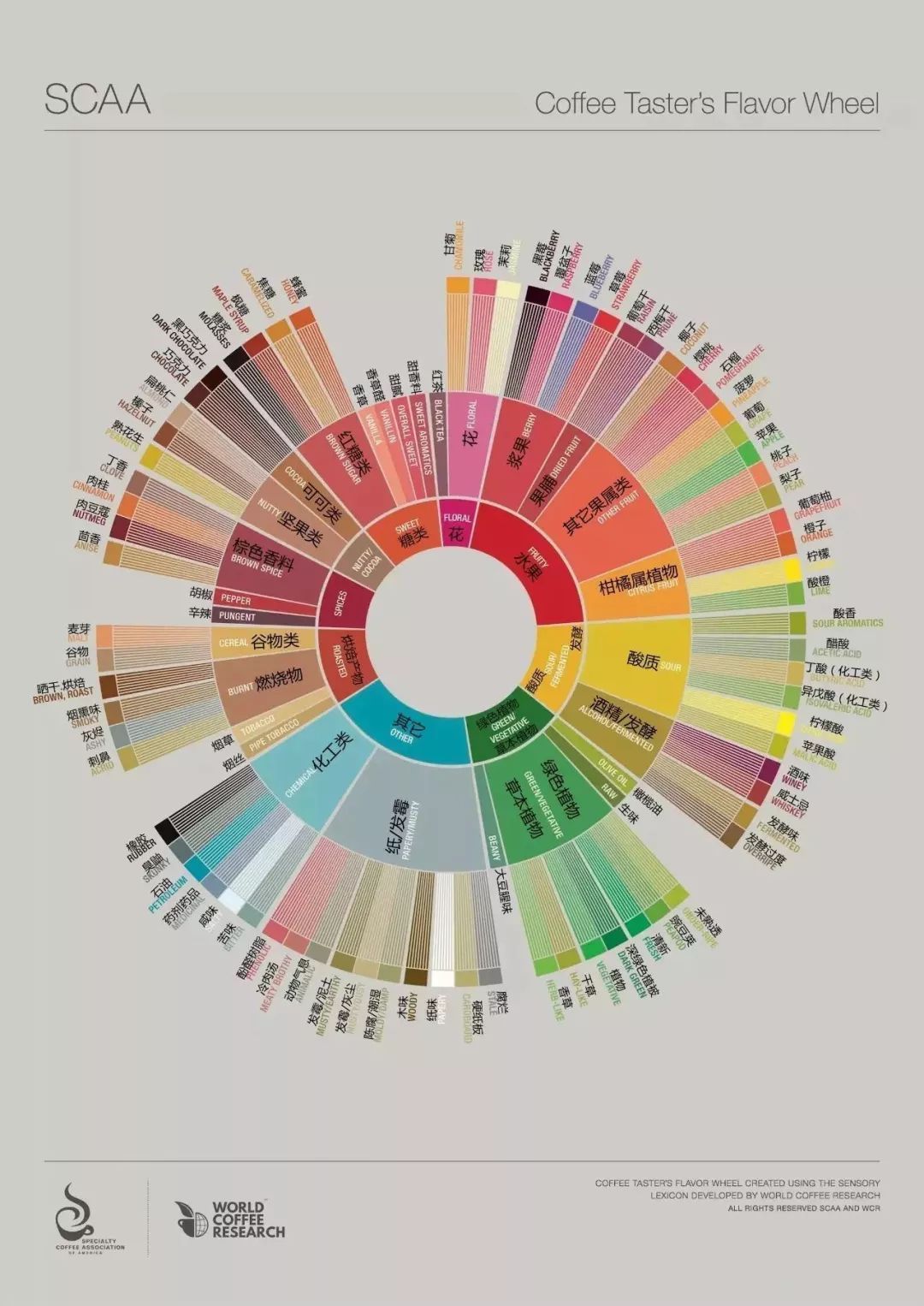
Three steps to taste coffee-smell, taste and aftertaste
Professional coffee knowledge exchange more coffee bean information Please follow the coffee workshop (official Wechat account cafe_style) I believe many enthusiasts will encounter such a situation. I buy a bag of beans with citrus and peach flavor, but I can't taste them, so I suspect it's the beans, the problem of brewing, or the sensory problem. The flavor of coffee is bothering us.
- Next
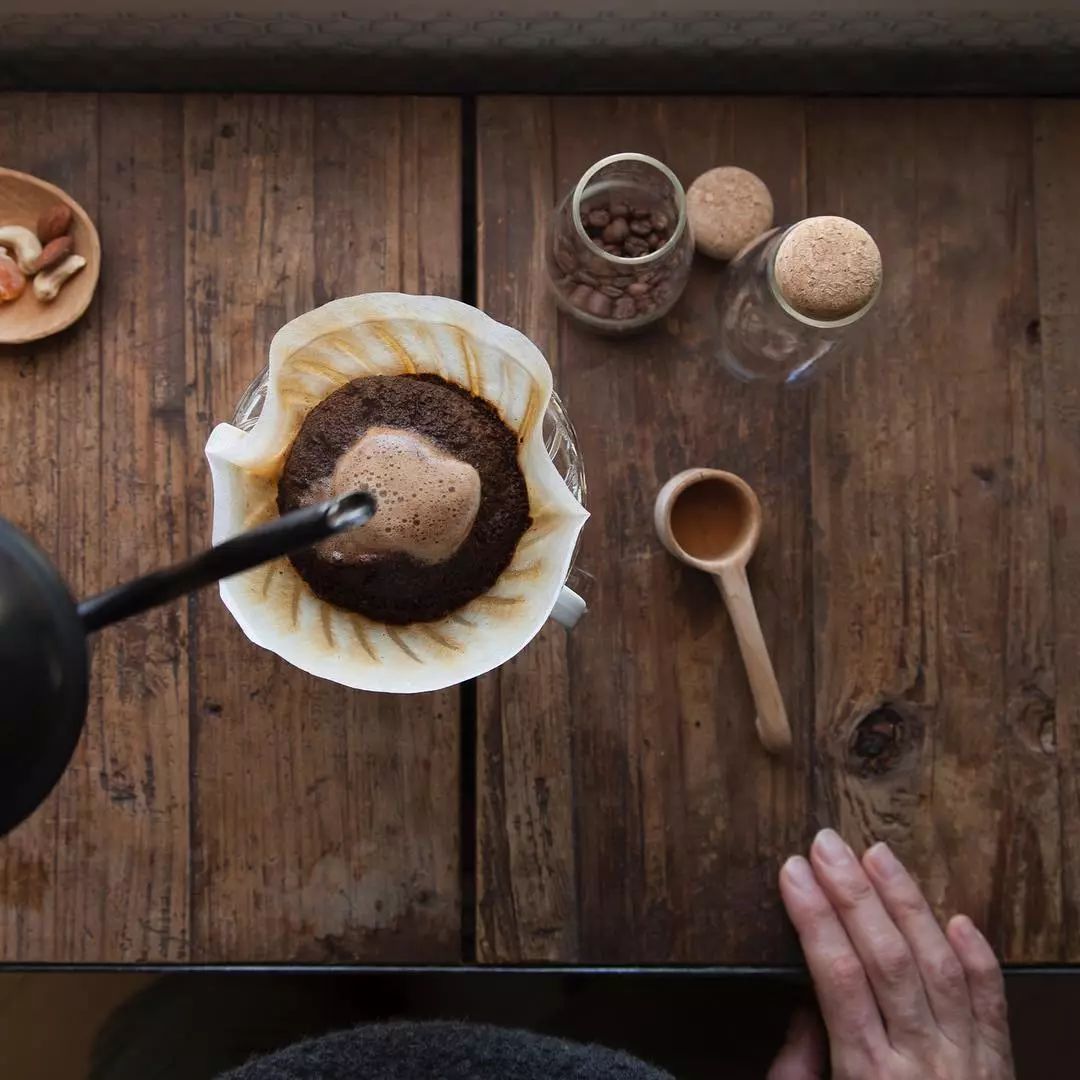
How to understand the tea and dry feeling in coffee? Why does it taste bitter?
Professional coffee knowledge exchange More coffee bean information Please pay attention to coffee workshop (Weixin Official Accounts cafe_style) First of all, our cognition coffee is bitter, because coffee is bitter and astringent is difficult to eat, so we need to add milk to balance such bitter taste. However, it is different to taste single coffee. If you sip it gently, if it has a bitter taste, it will affect the level of the whole cup of coffee.
Related
- How did the Salvadoran coffee industry develop in Central America?
- What exactly does the golden cup extraction of coffee mean?
- The Origin of Coffee flower
- [2023 Starbucks World Earth Day] there are more meaningful things besides free Starbucks coffee!
- What kind of coffee is there in Spain? 9 Flavors of Spanish Coffee
- Aromatic African coffee| Kenya's coffee culture and historical production area
- Liberica Coffee Bean knowledge: the characteristics of Liberian Coffee beans of the three original species of Coffee beans
- The origin and formula of Spanish latte introduces the taste characteristics of Bombon coffee in Valencia, Spain.
- How to adjust the solution of over-extracted coffee
- What is the tasting period of coffee beans? What is the period of coffee and beans? How should coffee wake up and raise beans?

